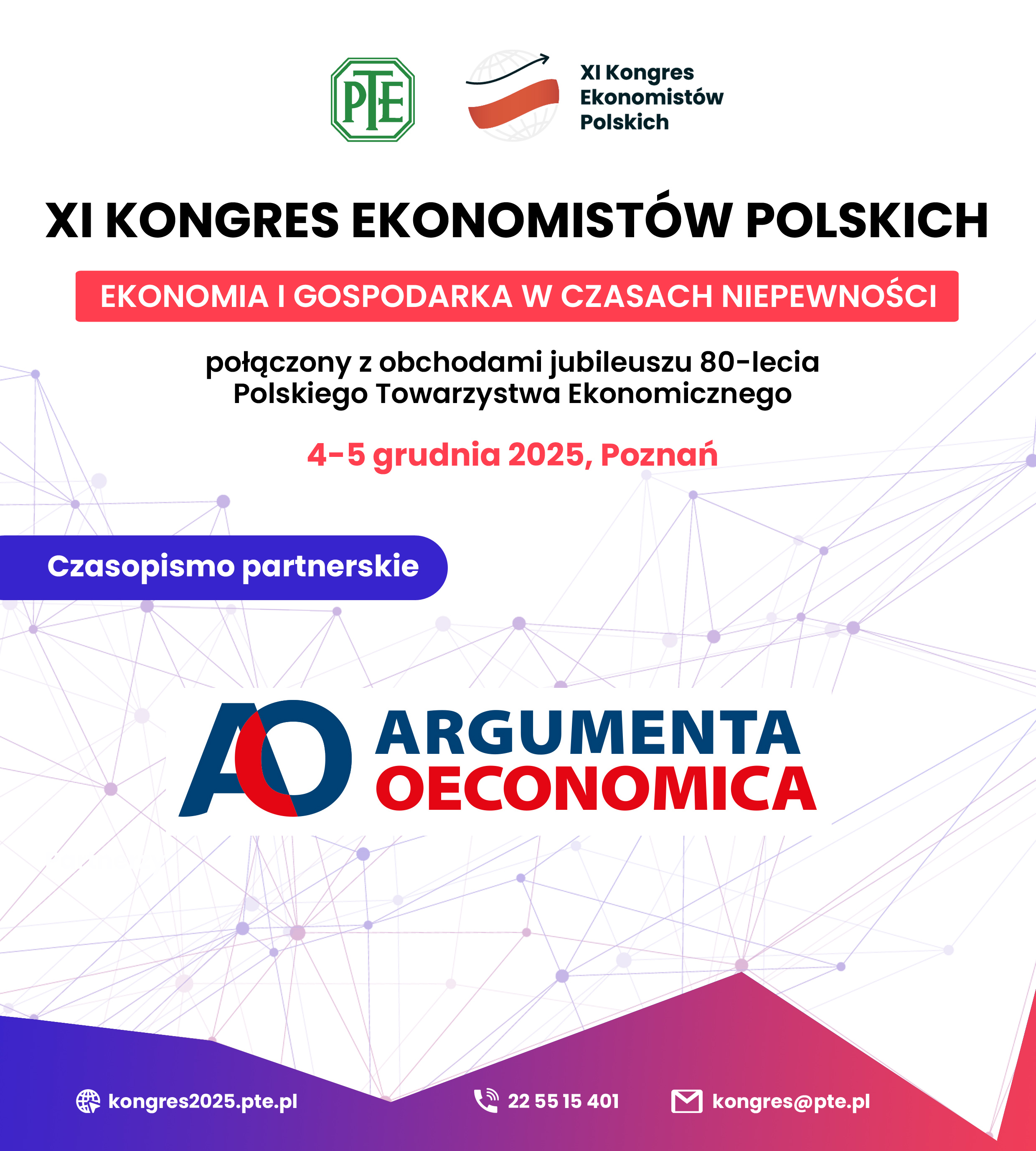Funnel Paradox of Innovation Strategies in Polish Industrial Enterprises. Does Less Innovation Mean Better Results?
Abstract
The main purpose of this article is to assess the effects of innovation strategies applied in Polish industrial enterprises. Innovation strategies were based on a model defined by the simultaneous imposition of three criteria: the place of the innovation`s creation (in-house or outside), the type of activity in terms of its continuity (continuous or occasional activity) and the innovation`s utilisation (own use or sale). As a result, eight different variants of innovation strategy were created which allow for conducting an empirical verification procedure. The effects of innovation strategy were evaluated by the following criteria: the average number of created innovation, the impact on achieving competitive advantage and the most common result of applied innovation strategy. The test sample covered the period 2012-2014 and a group of medium and large Polish enterprises belonging to low, medium and high-tech industries. As a result of quantitative research, 84 responses were obtained. The main finding of this research is that the most represented variant of strategy is the individual innovator who also has the highest impact on achieving competitive advantage (4.625/5) and an above average number of created innovations (9/8). The key finding, in a broader sense, is the lack of correlation between the number of created innovations and the achieved competitive advantage (correlation coefficient 0.18). These phenomena, called innovation funnel paradox, were examined in detail and explained on the basis of literature and research findings.(original abstract)Downloads
Download data is not yet available.
Downloads
Published
2019-01-30
Issue
Section
Articles
License
Copyright (c) 2019 Paweł Mielcarek

This work is licensed under a Creative Commons Attribution-ShareAlike 4.0 International License.







